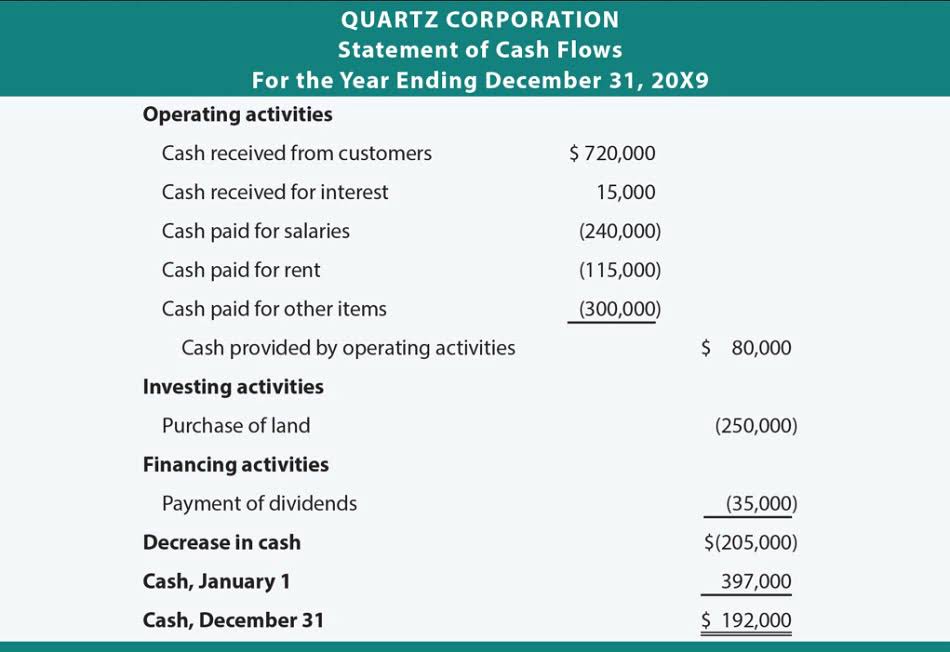How to Make Corrected Entries in Accounting
25 marzo, 2022 2024-12-24 15:31How to Make Corrected Entries in Accounting
How to Make Corrected Entries in Accounting

This process helps identify discrepancies and errors, such as missing or duplicate transactions, incorrect amounts, and misclassifications. Incomplete documentation is a common issue that can significantly hinder the accuracy of journal entries. This can lead to incorrect account balances and misrepresented financial statements. Proper documentation serves as the backbone of accurate financial recording, providing the necessary details to validate and verify each transaction. The transparency of the financial correction process is reinforced through stringent disclosure requirements. Disclosures related to accounting errors typically include a description of the error, the periods affected, the amounts involved, and the impact on the financial statements.

Everything You Need to Know About Accounting Errors and How to Prevent Them
- In fact, it’s estimated that accounting errors and manual financial reporting cost U.S. businesses around $7.8 billion a year.
- With secure cloud-based storage, Enerpize ensures that all sensitive financial data is protected from loss or tampering.
- Error of entry reversal is when the accounting entry is posted in the wrong direction, meaning a debit was recorded as a credit or vice versa.
- If you originally posted to the wrong account, you might need to adjust the entire entry.
- Compensating error is when one error has been compensated by an offsetting entry that’s also in error.
Monthly bank reconciliation can help to catch errors before the reporting period at the end of the quarter or fiscal year. A bank reconciliation is a comparison of a company’s internal financial records and transactions to the CARES Act bank’s statement records for the company. Human error is a significant factor contributing to inaccuracies in journal entries. Typographical errors, calculation mistakes, and oversight can occur at any stage of the accounting process. For instance, a simple typo when entering transaction amounts can result in substantial discrepancies, while miscalculations can lead to incorrect financial data.

Time Value of Money
A simple miscalculation that ended up costing their customers a ton of money. Errors in the ledger are corrected using the general journal with an explanatory note (Narration). One way to rectify the erroneous entry is to pass a reversal entry by making the second journal entry to rectify the erroneous one and pass the rectified entry. Double Entry Bookkeeping is here to provide you with free online information to help you learn and understand bookkeeping and introductory accounting. Or, ABC Inc. posted the following entry to record the above transaction in the Journal.
What are the best practices to prevent accounting errors?
- Errors can either be small mistakes that don’t affect the overall figures or ones that snowball into greater miscalculations and need more time and resources to identify and repair.
- This involves a series of actions tailored to the nature and extent of the error.
- A financial transaction wholly omitted from the books is considered an error of omission.
- In the above example, however, Partial Omission happens if the software purchase from Z Tech Inc. is posted in Software Ledger A/c but forgotten to post in Z Tech Ledger A/c.
- To adjust an entry, find the difference between the correct amount and the error posted in your books.
It also makes it a lot easier than physically Bookstime trying to keep track of all your inventory. Unintentional accounting errors are common if the journal keeper is not careful or the accounting software is outdated. The discovery of such errors usually occurs when companies conduct their month-end book closings.

The auditor’s opinion on the financial statements, which may be qualified if material misstatements are found, is a key indicator of the statements’ credibility post-correction. An accounting error of commission can occur when an item is entered to the correct type of account but the wrong account. For example is cash received of 3,000 from Customer A is credited to the account of Customer B the correcting entry would be. Sometimes, mistakes happen in accounting errors your accounting records that need to be corrected. You need to identify several details before making a correcting entry, including the type of mistake and the number of accounting periods it affects.
How to Correct Accounting Errors
- Accounting errors can affect a business’s financial integrity and cause costly mistakes.
- Accurate journal entries are essential for maintaining reliable financial records and ensuring compliance with accounting standards.
- Rounding a number off seems like it shouldn’t matter but it can throw off your accounting, resulting in a snowball effect of errors.
- Accounting changes and error correction refers to guidance on reflecting accounting changes and errors in financial statements.
- Conversely, understating liabilities could result in a misleading assessment of financial obligations.
- This process helps identify discrepancies and errors, such as missing or duplicate transactions, incorrect amounts, and misclassifications.
Conversely, understating liabilities could result in a misleading assessment of financial obligations. A particular example of an error of original entry is a transposition error where the numbers are not entered in the correct order. For example, if cash paid to a supplier of 2,140 was posted as 2,410 then the correcting entry of 270 would be.

Accounting Errors: Types and How to Avoid
Technology plays a pivotal role in reducing errors by automating routine tasks and providing real-time insights. Cloud-based accounting software, such as Sage Intacct or NetSuite, can streamline processes and minimize human intervention. These platforms often include features like automated reconciliations and integrated compliance checks, which enhance accuracy. Additionally, using data analytics tools can help identify trends and anomalies, enabling organizations to address potential issues before they escalate.


